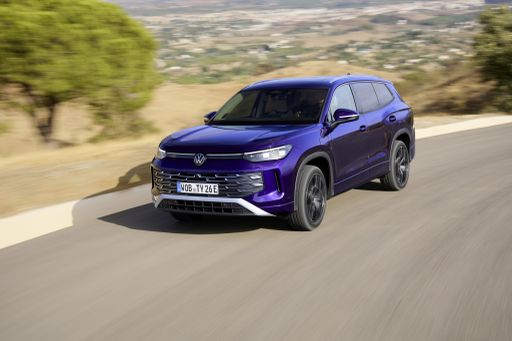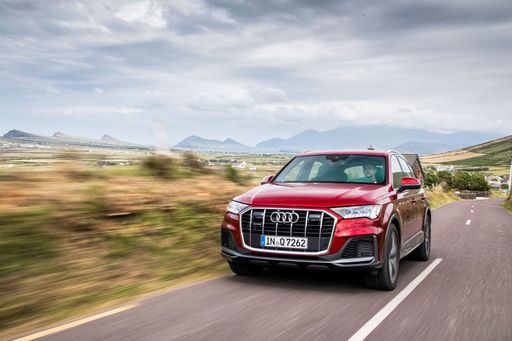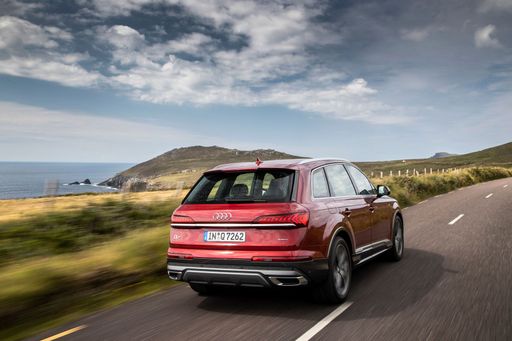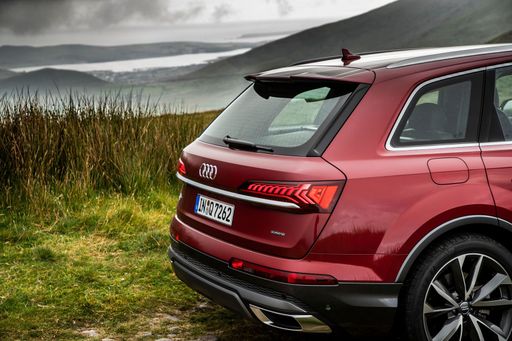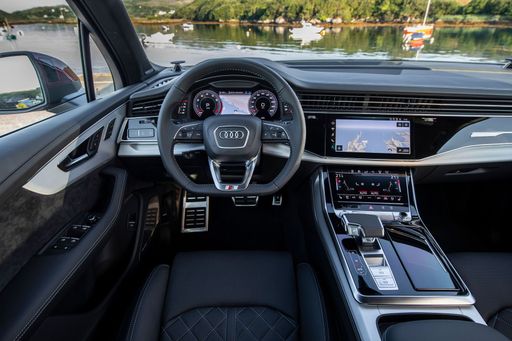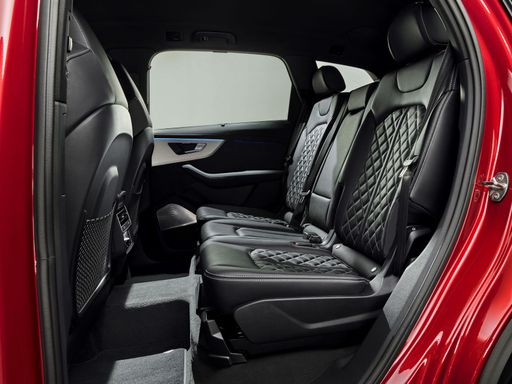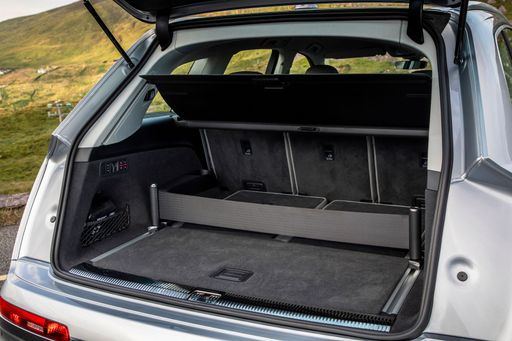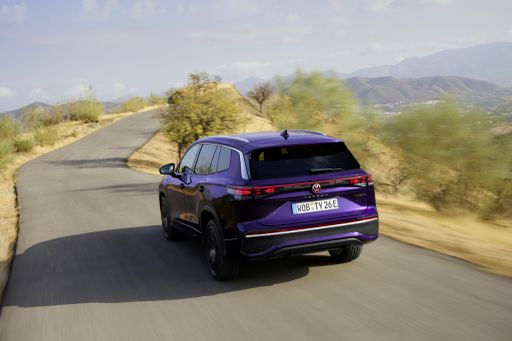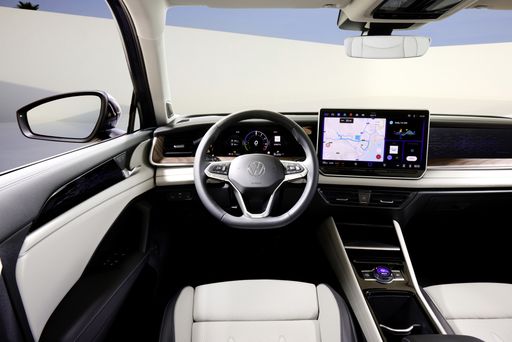Audi Q7 vs VW Tayron: A Comprehensive Comparison
The modern automotive landscape offers a diverse selection of SUVs, appealing to a variety of preferences and needs. Among the notable contenders are the Audi Q7 and VW Tayron, each showcasing unique strengths, cutting-edge technology, and engineering excellence. In this article, we will delve into a detailed comparison, focusing on their technical specifications and innovations that set them apart.

